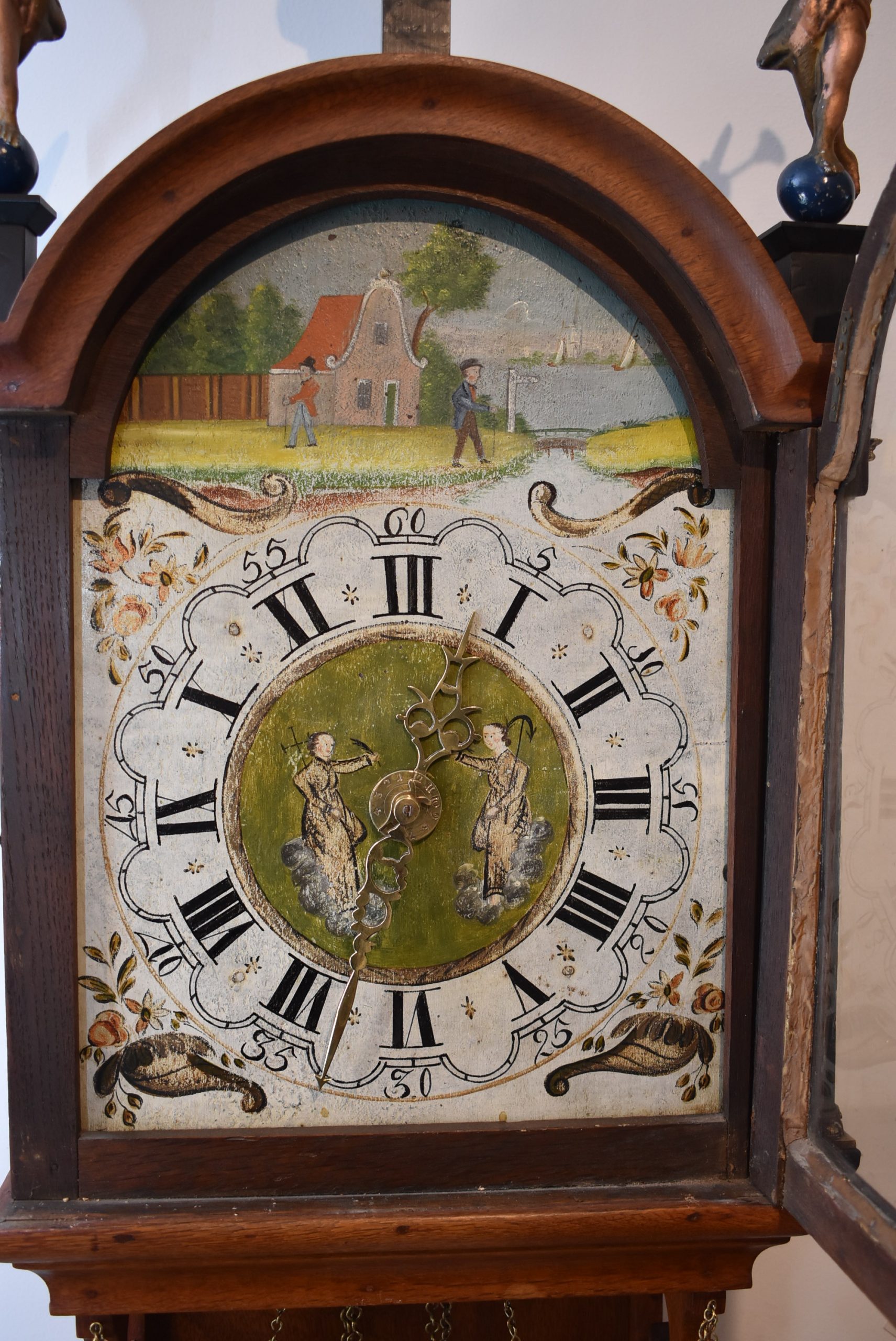In the sprawling realm of antiques, where antique clocks and antique barometers hold their distinguished positions, there lies a melodious treasure from the past: the antique music box. While clocks tick the passage of time and barometers echo atmospheric pressures, music boxes narrate a rich tapestry of history and human ingenuity in their sweet melodies.
At the core, music boxes, like our esteemed clocks and barometers, are devices of precision and elegance, embodying the scientific progress of their era alongside a profound appreciation for art and beauty. What makes them particularly captivating is their unique blend of music and mechanics, turning an everyday object into a source of joy and enchantment.
The initial concept of a music box was born in the 18th century, with the first known examples appearing in Switzerland, the heartland of precise mechanics. Swiss craftsmen, famous for their skill in watchmaking, began exploring the idea of using their expertise to bring music to life. These early boxes utilized metal cylinders with protruding pins to pluck the tuned teeth of a metal comb, creating a melody that was as enchanting then as it is today.
These humble beginnings paved the way for a global obsession with music boxes. During the 19th century, they underwent remarkable development. As technology advanced, so too did the intricacy and complexity of the music they could play. Early music boxes could only play one or two tunes, but by the mid-19th century, interchangeable cylinders allowed for an array of songs. Later, discs replaced cylinders, making it easier to produce and exchange music.
Just as with antique clocks and barometers, music boxes represent an elegant harmony of art and science. The delicate balance required to create precise, beautiful music is a testament to the scientific understanding and mechanical skill of the craftsmen. They had to have a deep knowledge of acoustics and materials, as well as an artistic ear for music.

The exterior of the music boxes, too, showcases the artistic prowess of the craftsmen. From ornate wooden carvings to inlaid designs and miniature paintings, the aesthetics of these boxes often matched the beauty of the sounds they produced. It was a sensory celebration of sight and sound, turning a simple function into a feast for the senses.
Historically, music boxes held a significant position in society, representing status and refinement. The intricacies of their design and the melodies they produced became a symbol of sophistication and wealth, especially during the Victorian era. They were not just novelty items; they were reflections of culture and prestige.
These music boxes also democratized music in an age before radio and phonograms. They brought music into homes, allowing families to enjoy concerts in their parlors. This not only changed the way people enjoyed music, but it also had a considerable impact on social structures, altering the way people entertained and interacted.
Much like the timeless tick of an antique clock or the constant ebb and flow measured by a barometer, antique music boxes remind us of the fluidity of time and the constant interplay of science and art. Each note they play is a testament to human ingenuity and the desire to create beauty in the most unexpected places.
The historical significance of antique music boxes extends beyond their function. They are witnesses to an era of extraordinary innovation, a time when craftsmanship was not just about function but also about creating objects of enduring beauty. These enchanting devices remain a celebration of our past, their sweet melodies an echo of history. As a company specializing in the precision of antique clocks and barometers, we share the same spirit that animated the creators of these music boxes: a marriage of art and science, a harmony of beauty and function.
In the end, antique music boxes, much like clocks and barometers, serve as an enchanting testament to our enduring fascination with time, music, and mechanics, making them an integral part of our shared cultural and historical heritage.
